|
This Olive Whip Snake (Chironius Fuscus Fuscus) was peeking through some leaves right in front of a log. I've almost missed it because of its tiny and slender appearance. It stood still for quite a while so I was able to take a decent shot of this big eyed snake.
This tiny snake was seen during one of our night hikes in Kabalebo, Suriname. It was so tiny that we almost missed it. This Tawny Forest Racer was all curled up on a small leaf. After I took this photo I realized that I had actually seen this snake in different stages of his life. In this picture you can see that the colors started to change too into something more radiant and the black stripes started to become more visible. Still a tiny snake here. And here you see the adult version. I met this one during one of my Misty Mountain hike. At least 3 people had already passed him when I saw this snake. Same big eyes but notice how the colors had changed on its body. Remarkable stripes and colors and when it breathes you can even see the gold coming through the scales.
It looks like she was fully exposed to the outside world, but in reality she was hiding behind some branches near the Kabalebo river. I zoomed in with my lens and I was lucky enough that the sun was shining right on top of her and even more lucky when she rested her head on top of her body. 9 out of 10 times you would only see parts of the Anaconda while the head was underneath the body or branches. The rest of her body what isn't seen in this photo was still in her hiding spot.
During one of our night hikes we came across this slender looking tree snake; known as Imantodes cenchoa cenchoa or Common Blunt-headed Tree Snake. Light venomous but perfectly harmless.
Most of the time they are lying motionless on top of a branch or leaf, seldom do they move quickly unless disturbed. Here we noticed that it was already moving to the next level by extending its body to reach the next branch. During one of the night hikes we stumbled upon this venomous Fer-de-Lance (Bothrops Atrox). I usually see them on the ground either passing by or coiled up. So to my surprise we saw this snake at eye level moving higher and higher from the ground. It wasn't aggressive at all towards us. Just trying to find its way out of the dense vegetation. Every time I learn something new about wildlife.
During a night hike inside the forest of Kabalebo, we stumbled upon this beautiful snake known as the Neotropical snail eater (Dipsas Indica). It was moving between the branches in search of snails. It didn't stay long for a complete photoshoot but I was happy with the end result and this encounter.
This was unplanned. I met this Tiger Snake while I was driving on the airstrip of Kabalebo. Out of the blue I saw something bright yellow and shiny black crossing over. Luckily I didn't hurt him but as you can see, he was not in the mood to stay long. What I also like about the Tiger Snake is their scientific name: Spilotes pullatus pullatus. Another name you can find about this snake is Tropical Rat Snake and locally known as Sapakarasneki.
A very beautiful snake; the Common Parrot Snake (Leptophis ahaetulla ahaetulla). It was seen resting on top of this banister. There was a branch hanging low over it so that is how he found his way down. Didn't do much except sticking his tongue out from time to time.
This was taken several years ago, but the Corallus Caninus aka Emerald Tree Boa is still a common snake in Kabalebo. Usually they are resting close to the river but it is also easily missed because of their nice camouflage. This was, for now, the only time that the Emerald Tree Boa was posing nicely for me.
This is a Drymarchon corais corais, also known as the Yellow-tailed Cribo and locally known as a Konkonisneki. A non venomous snake of at least 160 cm long. The Yellow-tailed Cribo is a common snake in Kabalebo and most recently spotted several times near the lodge. It is also one of my favorite snakes. Two toned colored; part brown yellow and black. It is also one of the most difficult snake to photograph in the wild as it is always on the move. Most of the time I managed to take parts of its body, like for instance only his head (picture above).
One time I spotted another Yellow-tailed Cribo near the lodge. It was either trying to find a hiding spot or it caught something to eat. Either way it made this snake make its scale 'expand'. Exposing some skin underneath the scales and make it appear to have a white stripe patron. For a couple of weeks now there are two young Great Green Iguana's (Iguana Iguana) living in this bush. Too small and to weak to be out in the open so they take their refuge in this bush full of young fresh leaves. Every day I see them basking in the sun and eating parts of the leaves. Waiting patiently until they are ready to face the big world.
Here you see a Common Lance Head (Bothrops atrox) resting on top of a log on one of the hiking trails in Kabalebo. This snake is locally known as Labaria or Owrukuku and is quite venomous. Not a snake that I would like to see very often during a walk in the jungle, but since the Fer-de-Lance is a common snake in the jungle of Suriname, I can't avoid meeting them. Luckily this snake was not on my path but side ways so after I took several pictures I could continue my journey.
The Green Anaconda doesn't need any introduction. Just one look at this fellow and you know that you need to keep your distance and respect its privacy. Well known for being one of the largest and heaviest snake in the world (maximum length 9 meter and at least 200 kg heavy). But every big and large animal once started small in their life. Here is a baby Green Anaconda. Fits right in one hand. I spotted this young anaconda hiding between the grass near the lodge. Well, I was first looking at some Golden-eyed Tree frogs when I almost stepped on this young fellow.
So you had better watch your (every) step. That is quite a scare!
This Golden Tegu, by no means, scared this Black Vulture at the ocelot feeder. It almost gave it a heart attack by sneaking up to him from behind. While looking through all the video's and pictures from the ocelot trap cam, I came across these pictures of the Black Vulture and the Golden Tegu. It all happened in a split second, but those were such pretty pictures to share. |
Archives
June 2024
Categories
All
|
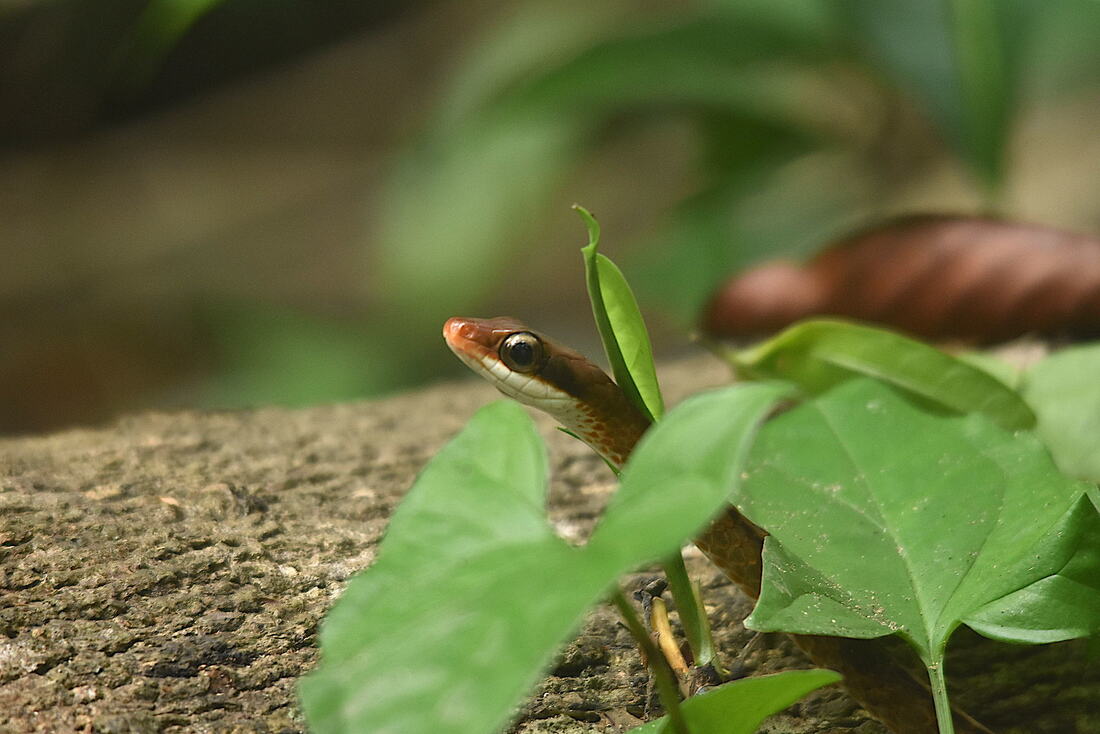
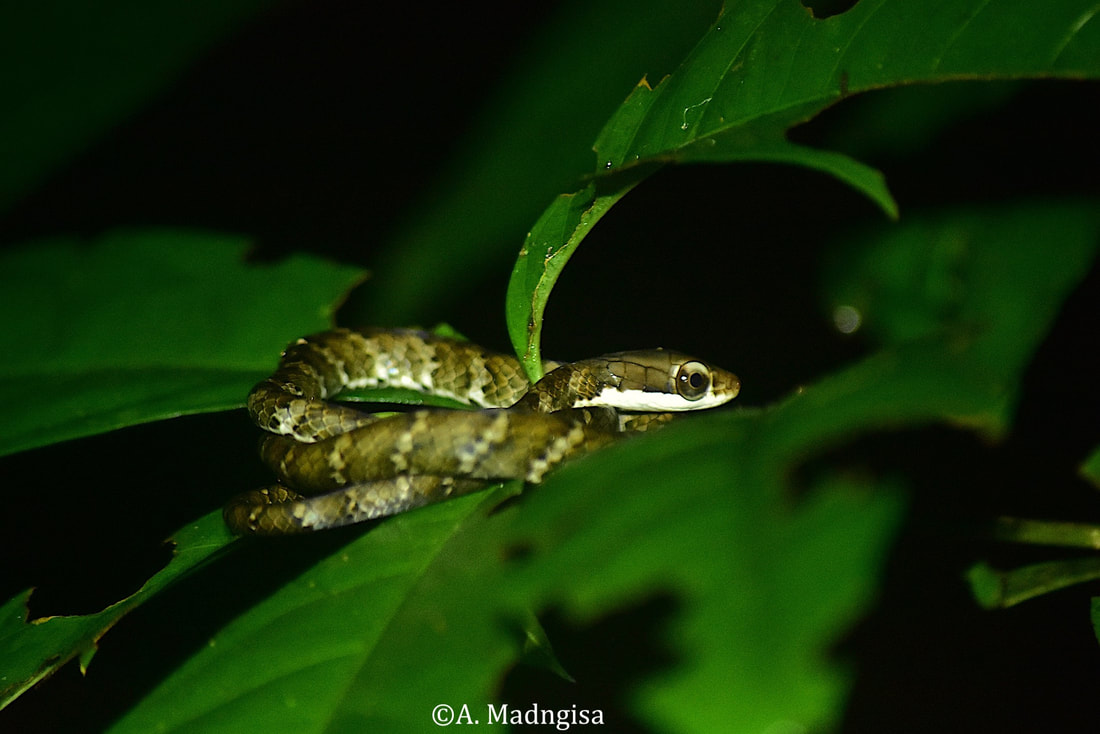
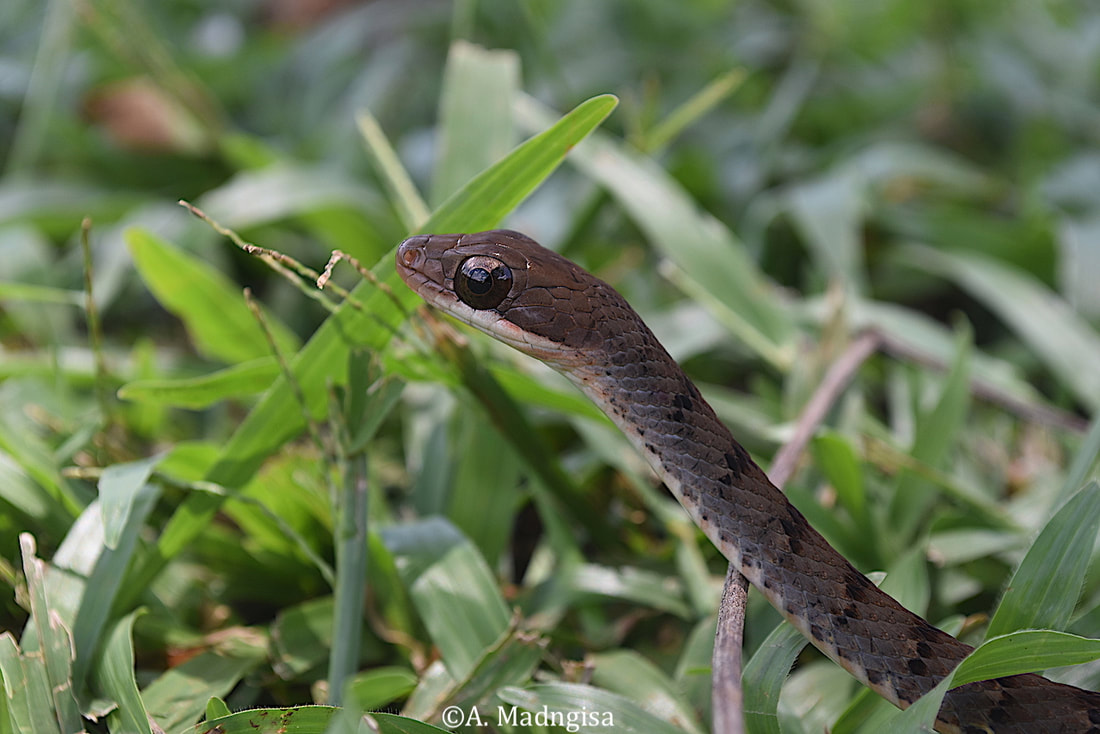
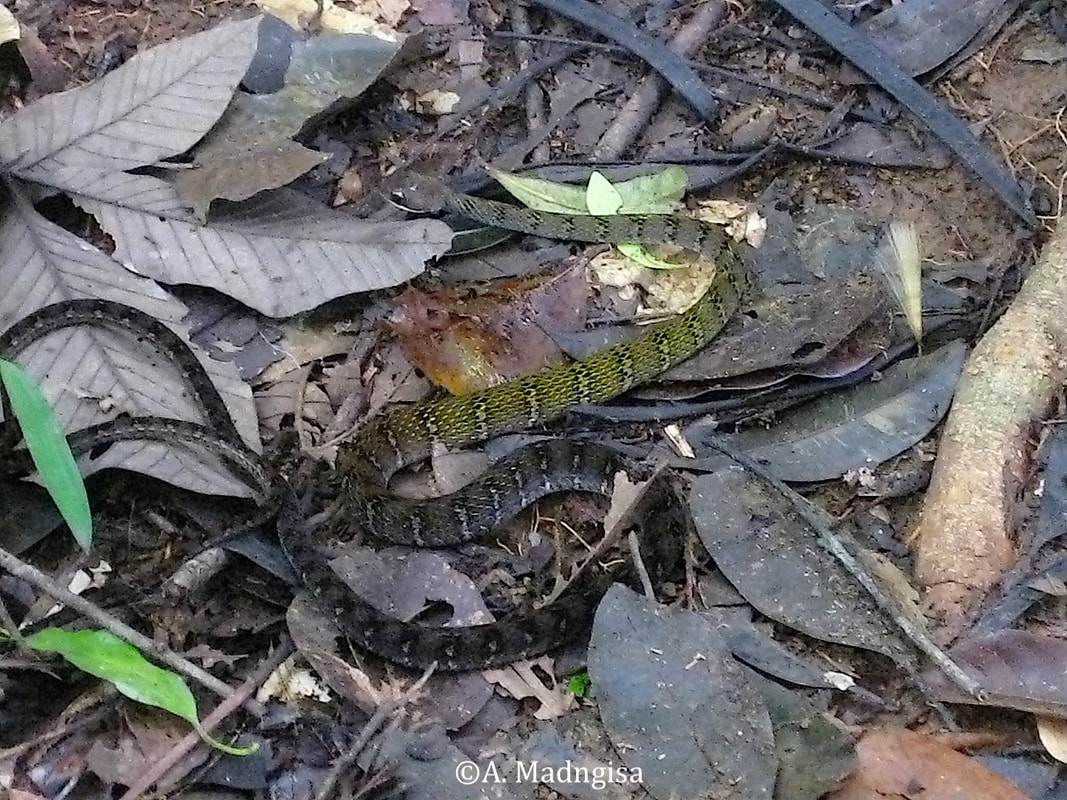
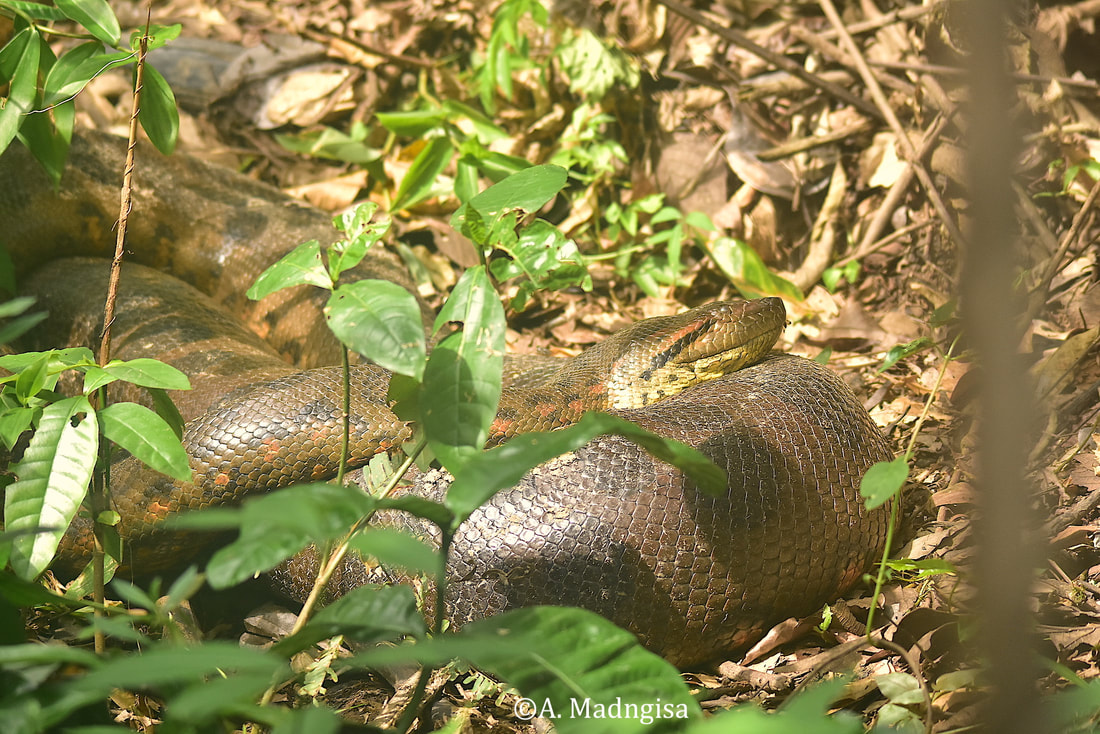
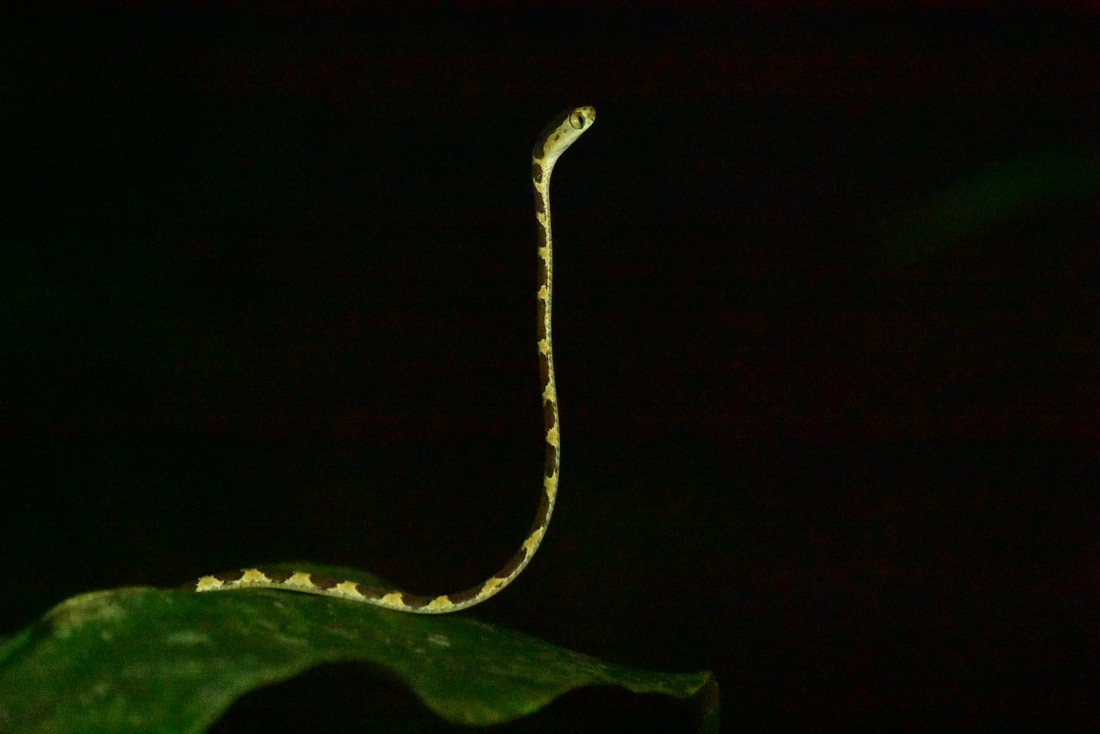

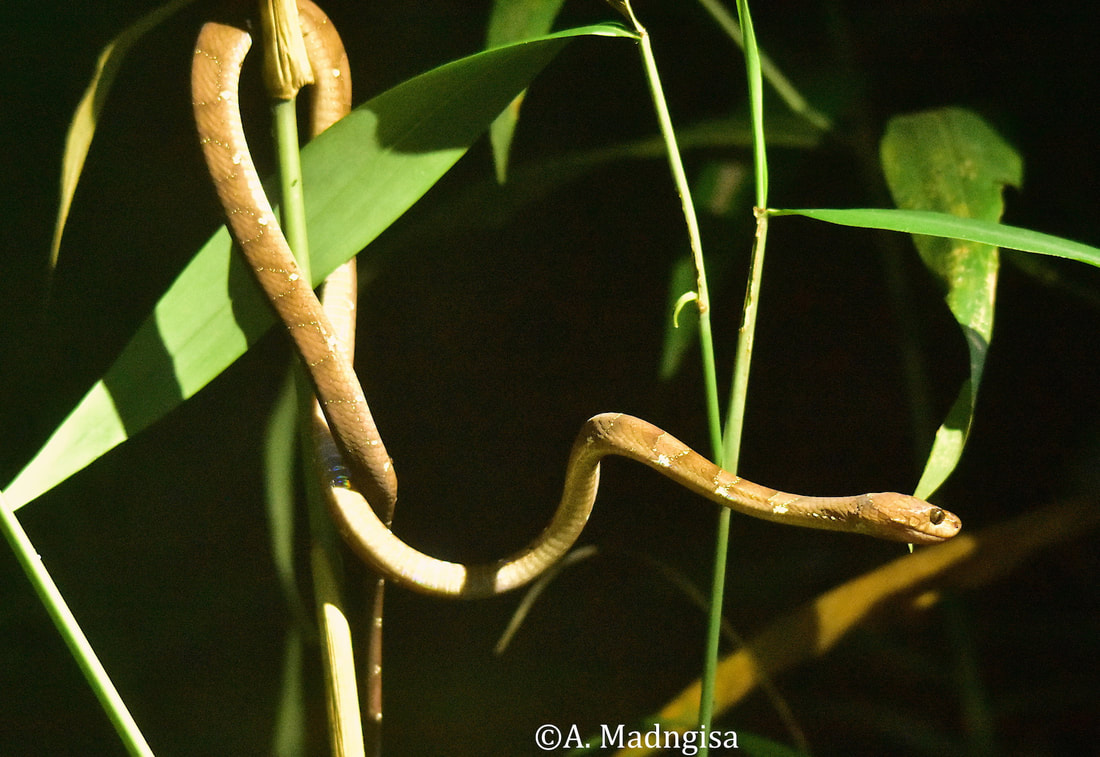
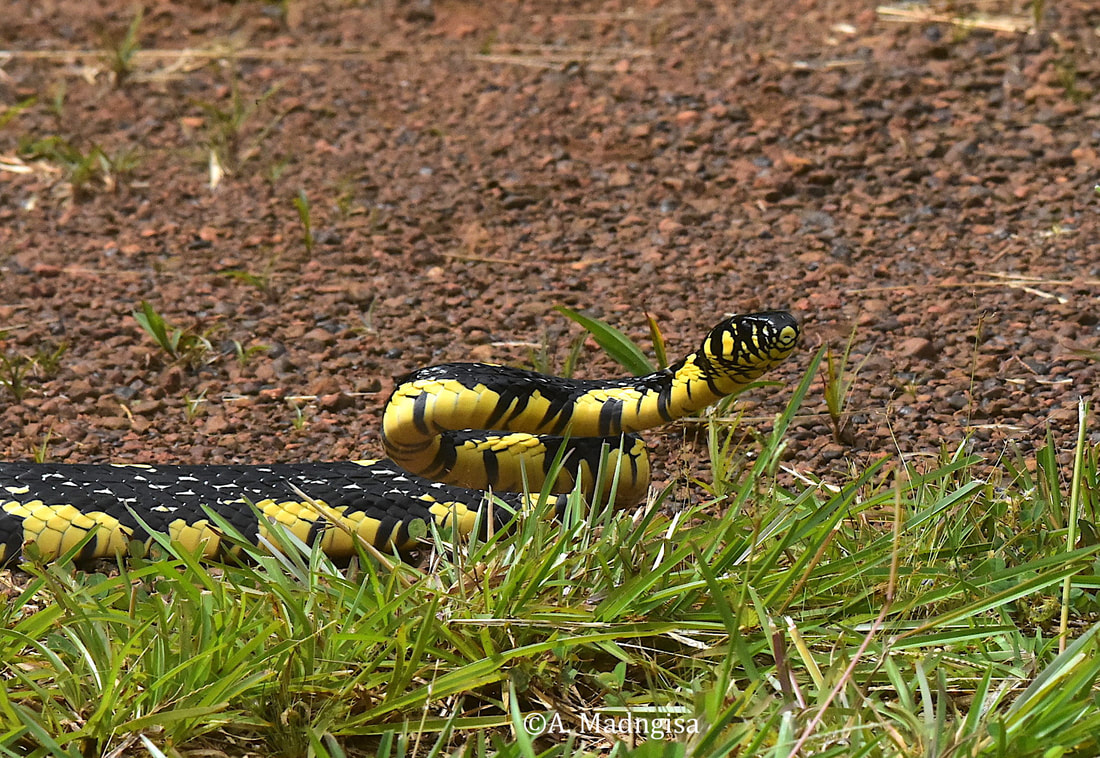
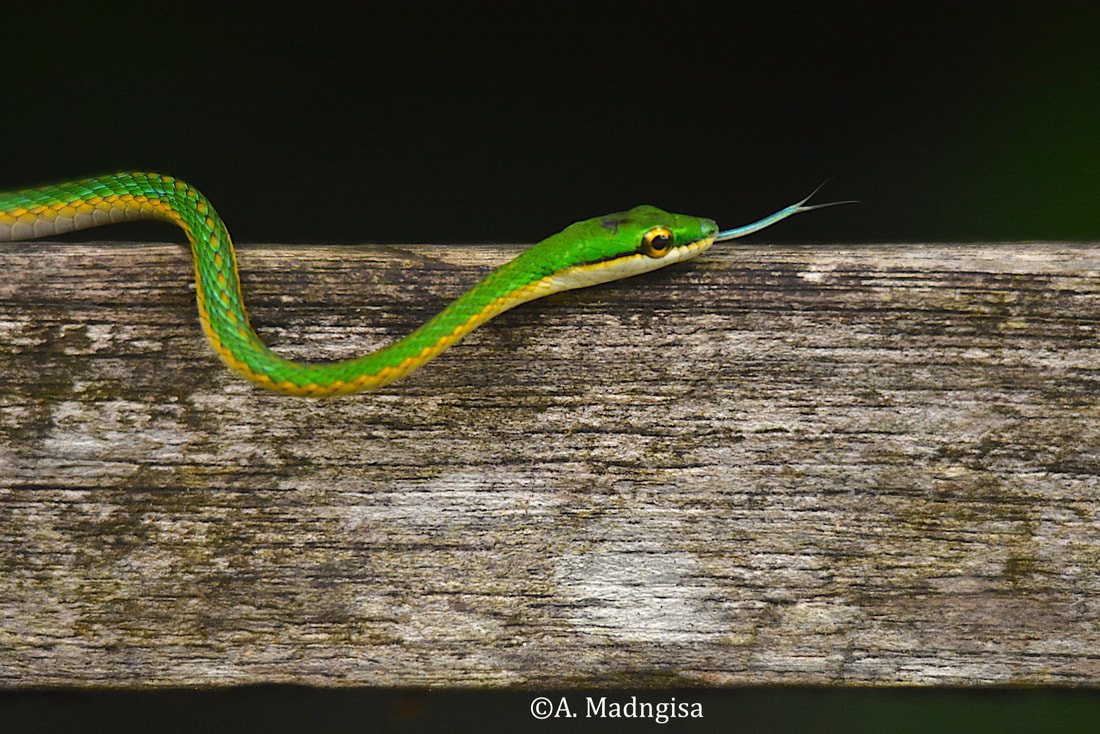
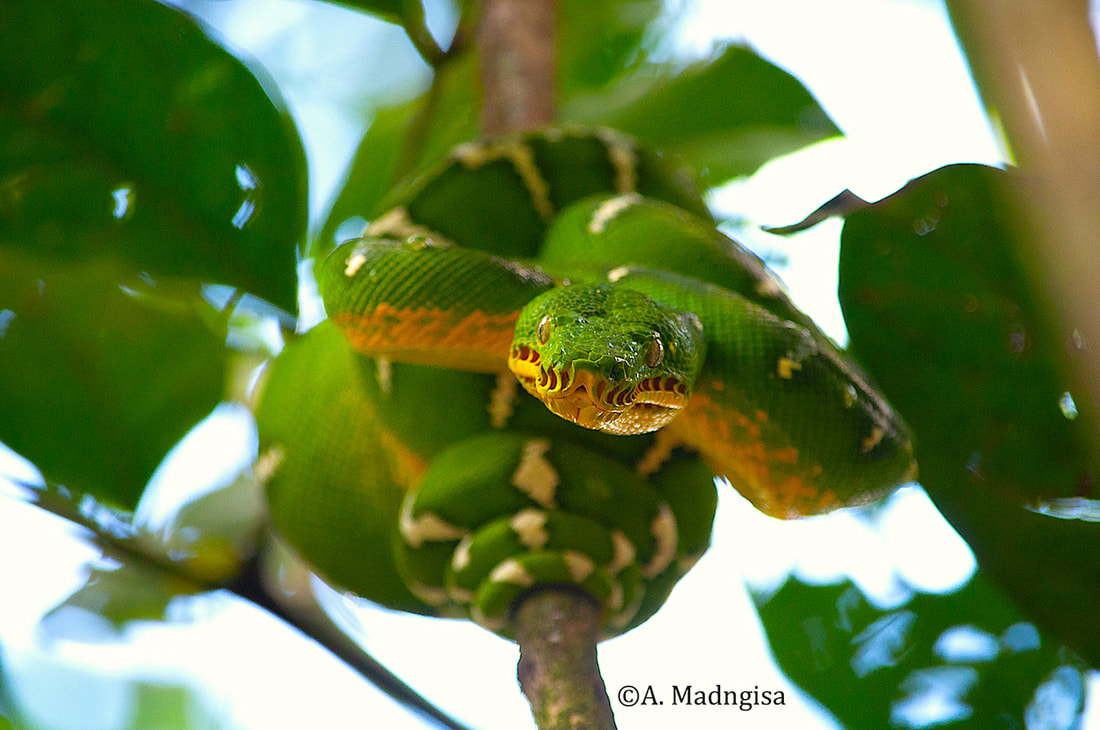
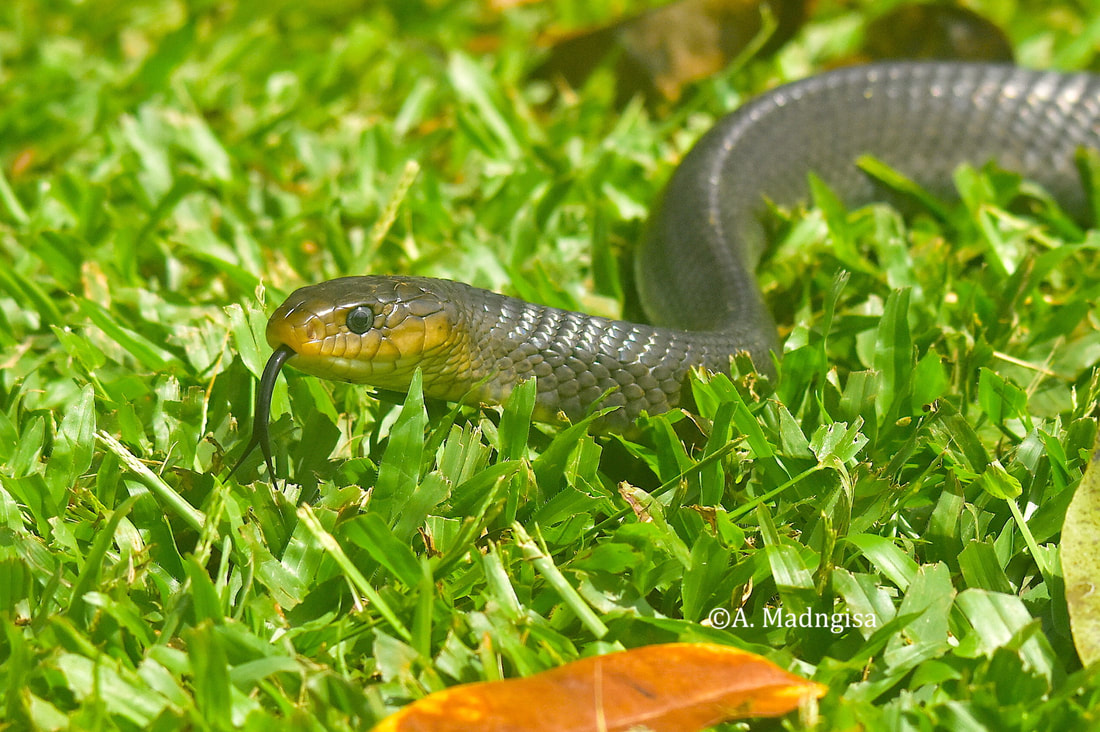
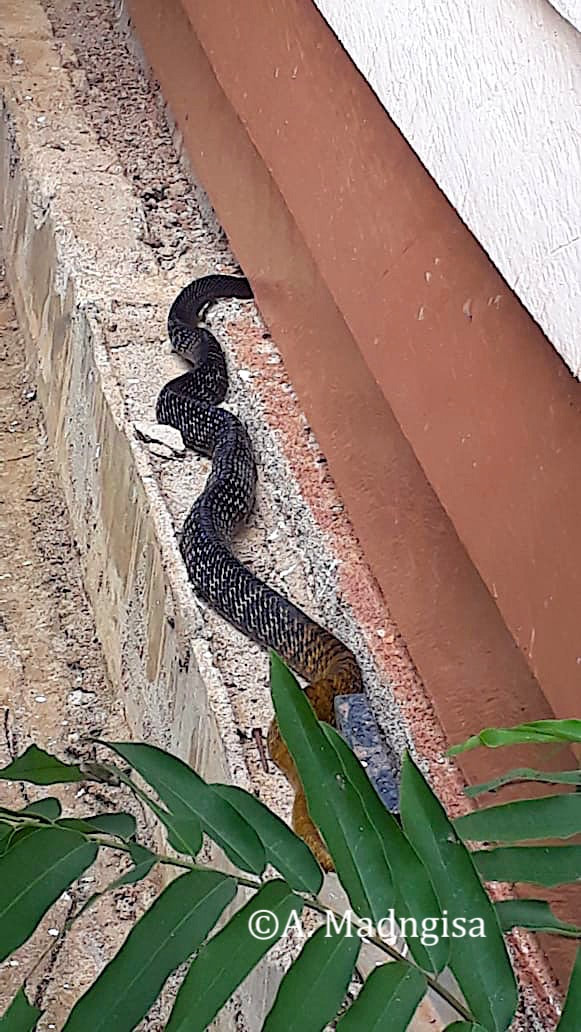
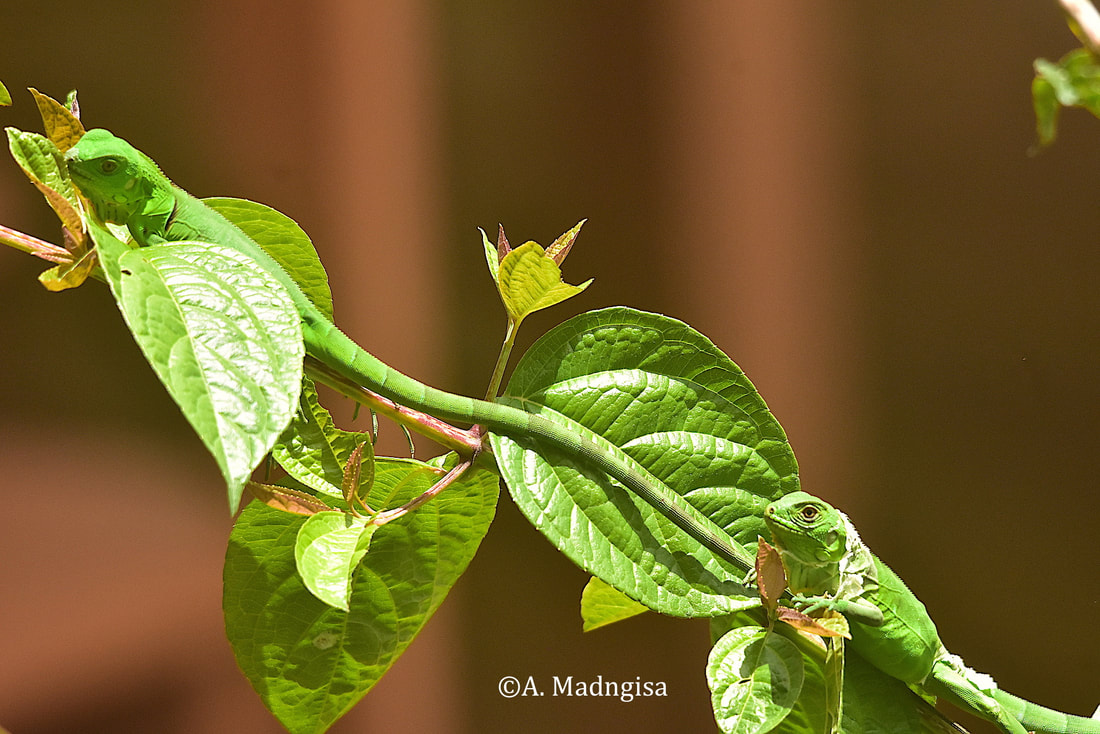
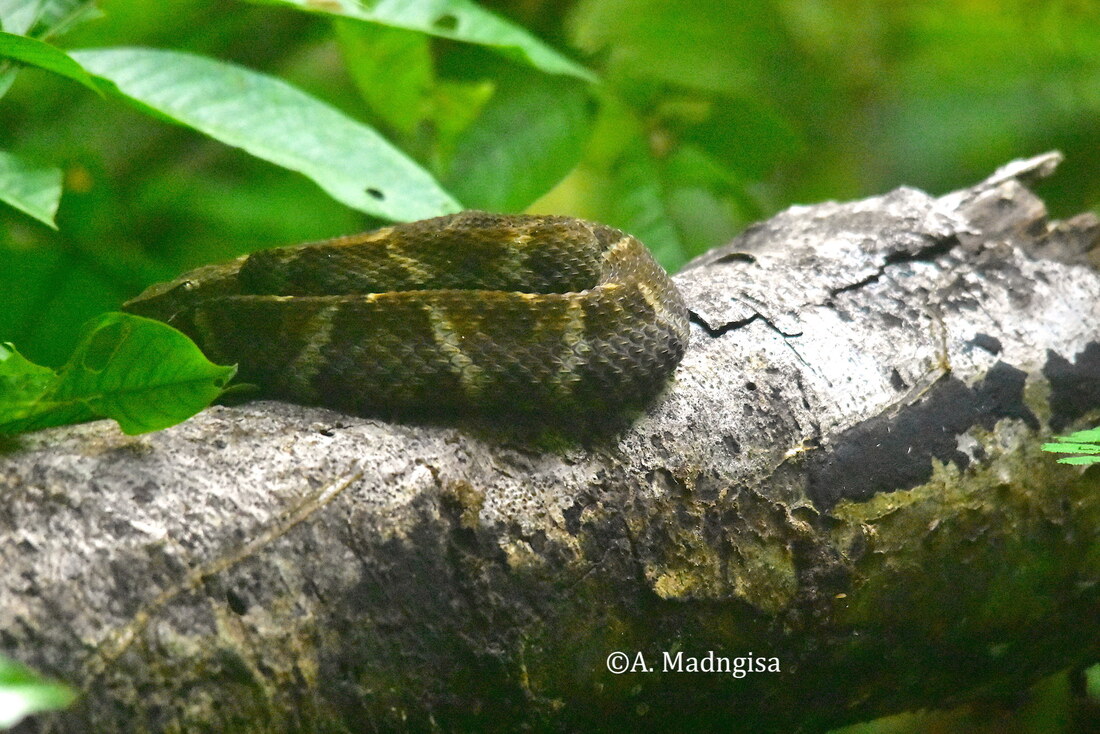

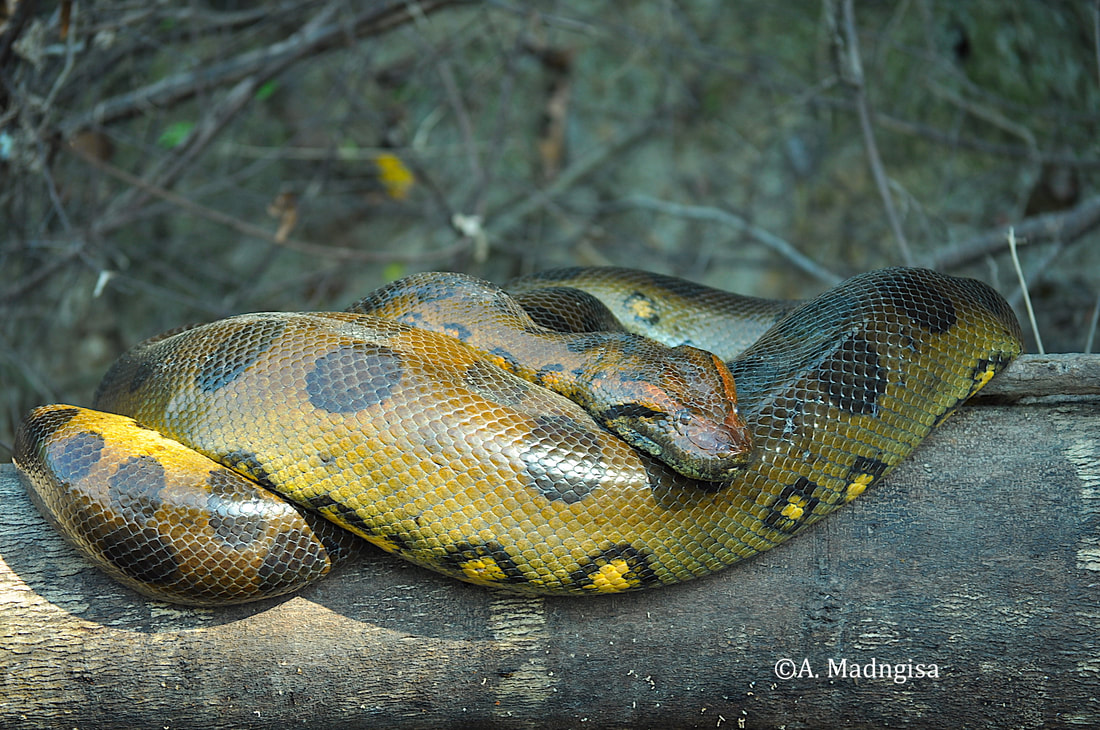
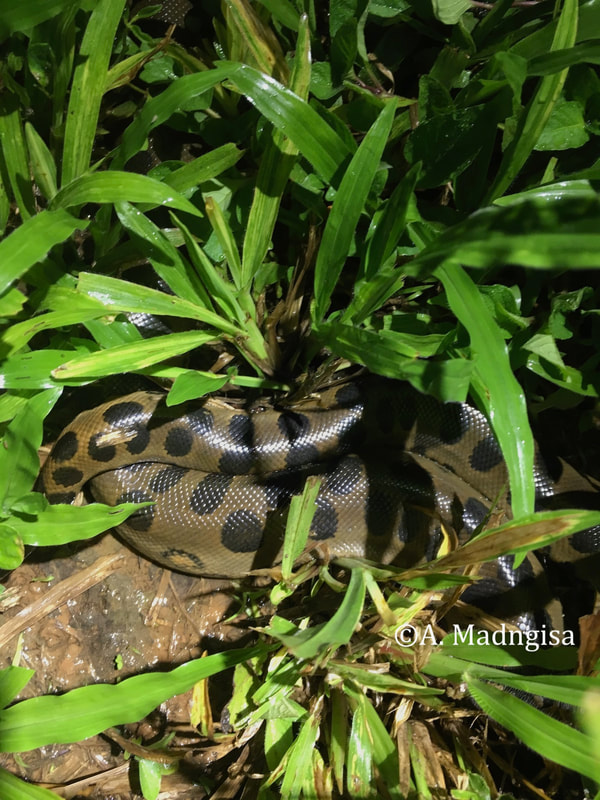
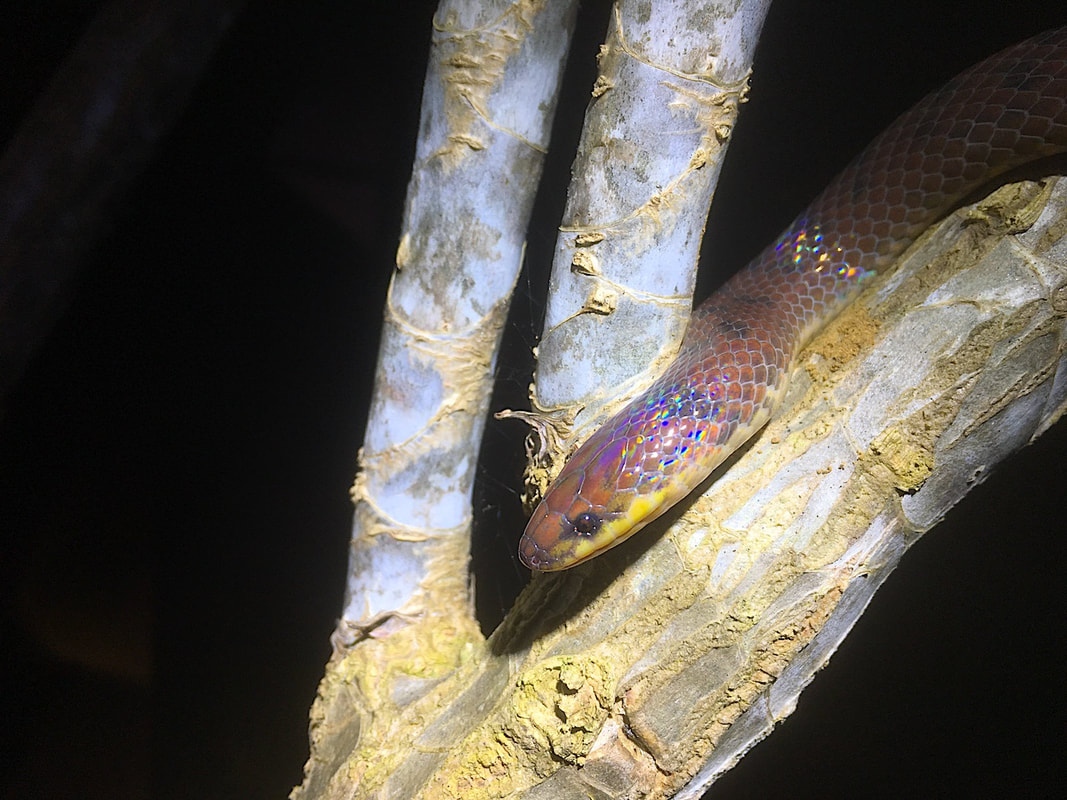
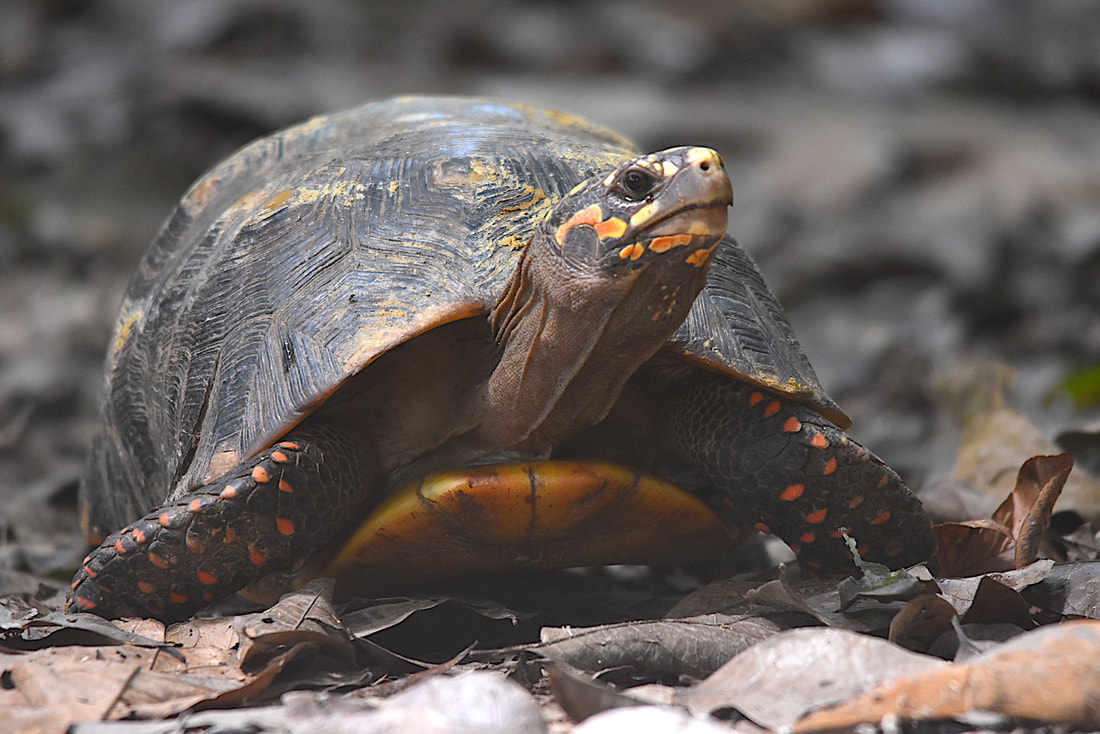

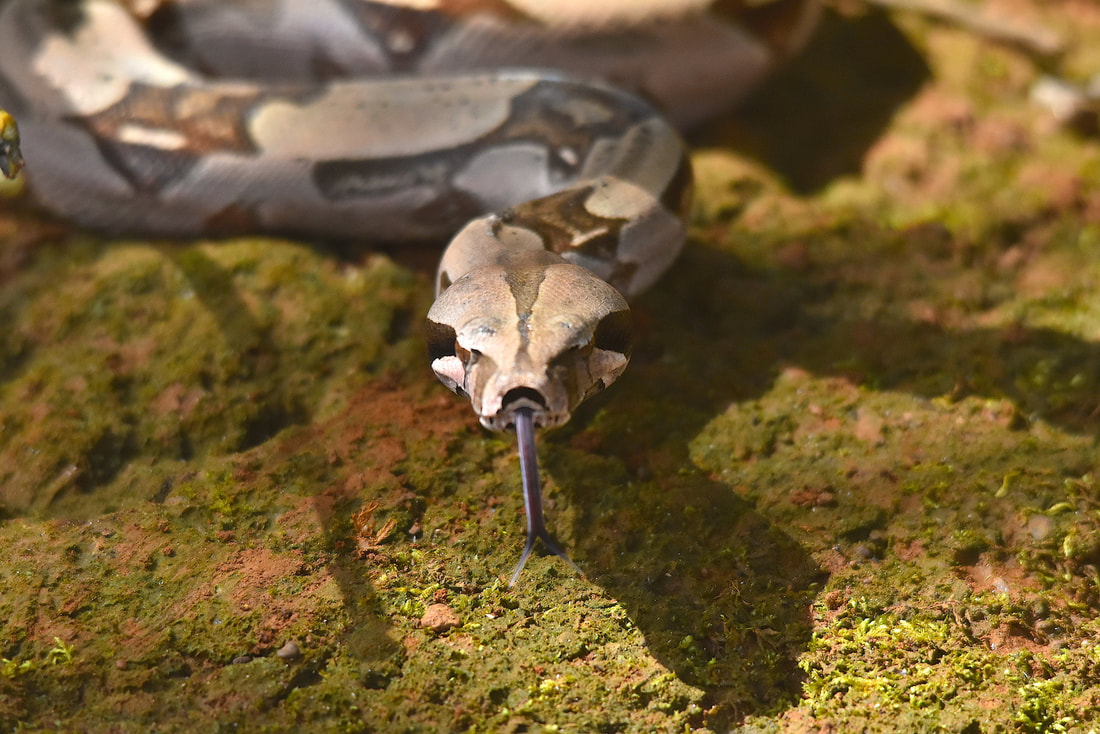
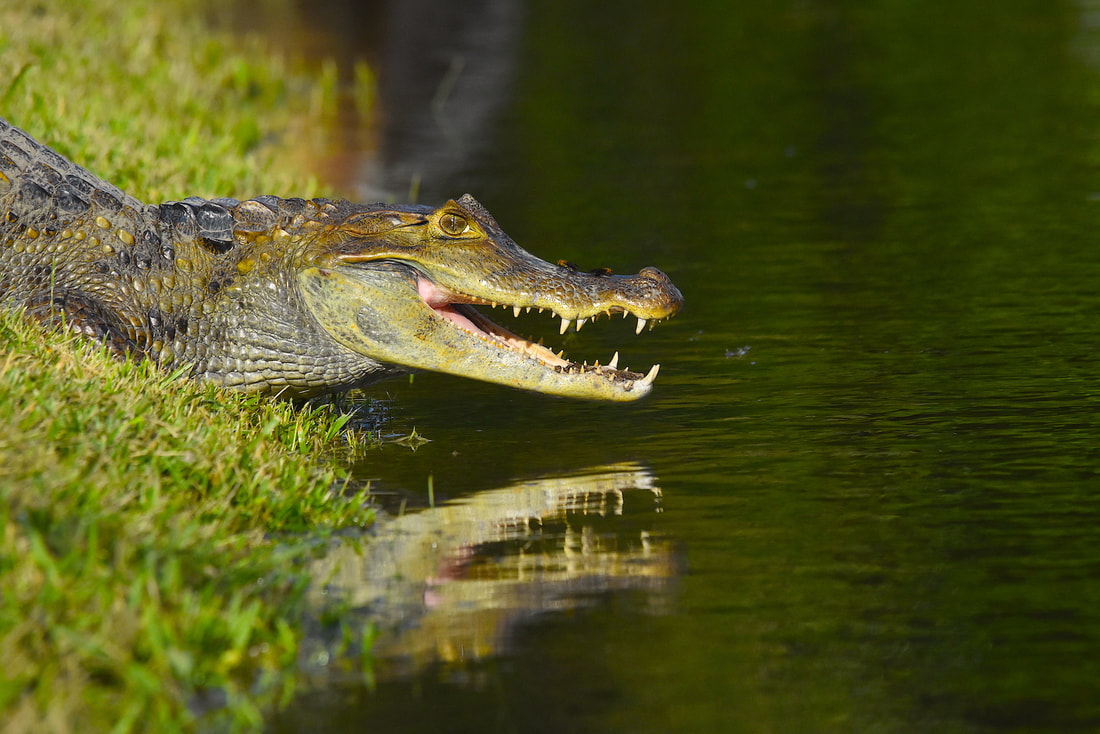
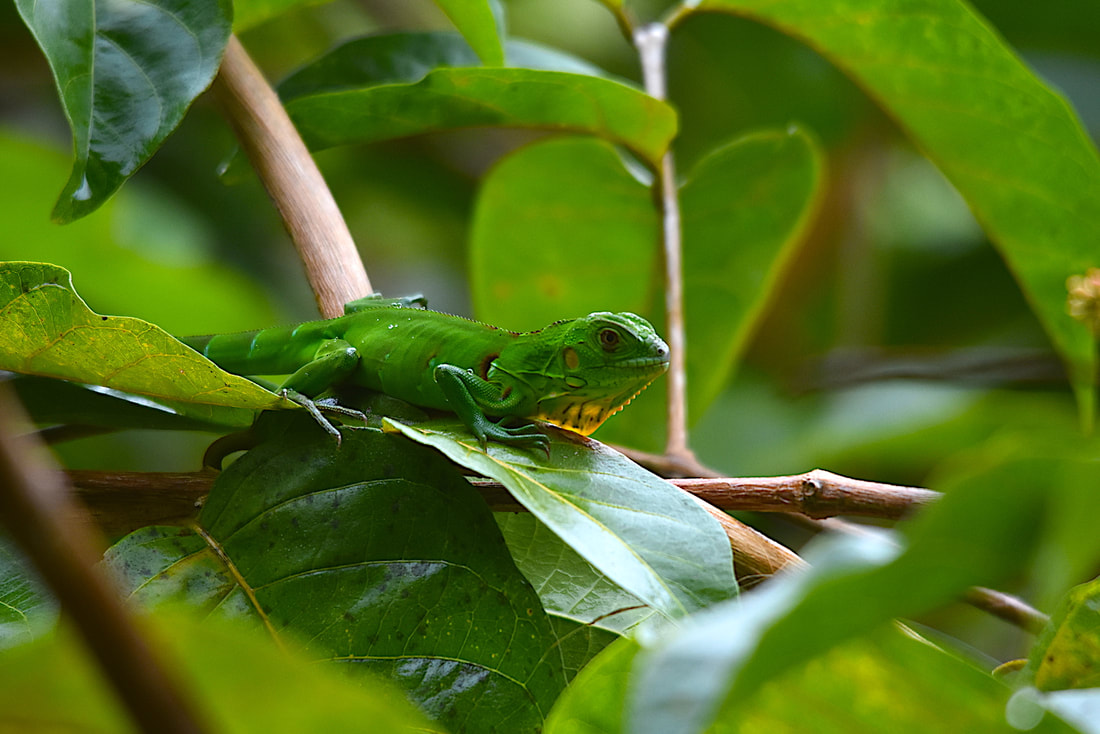
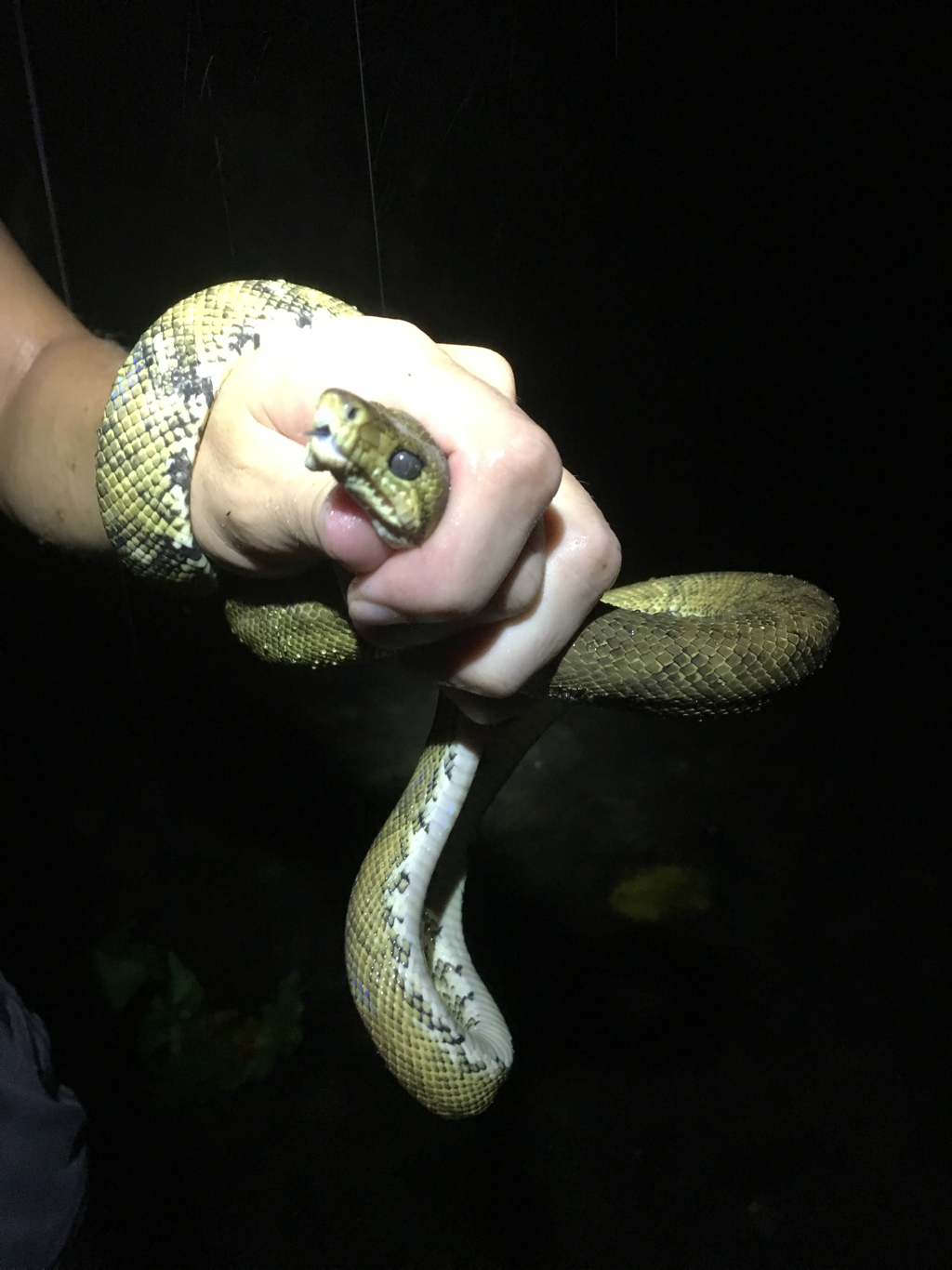
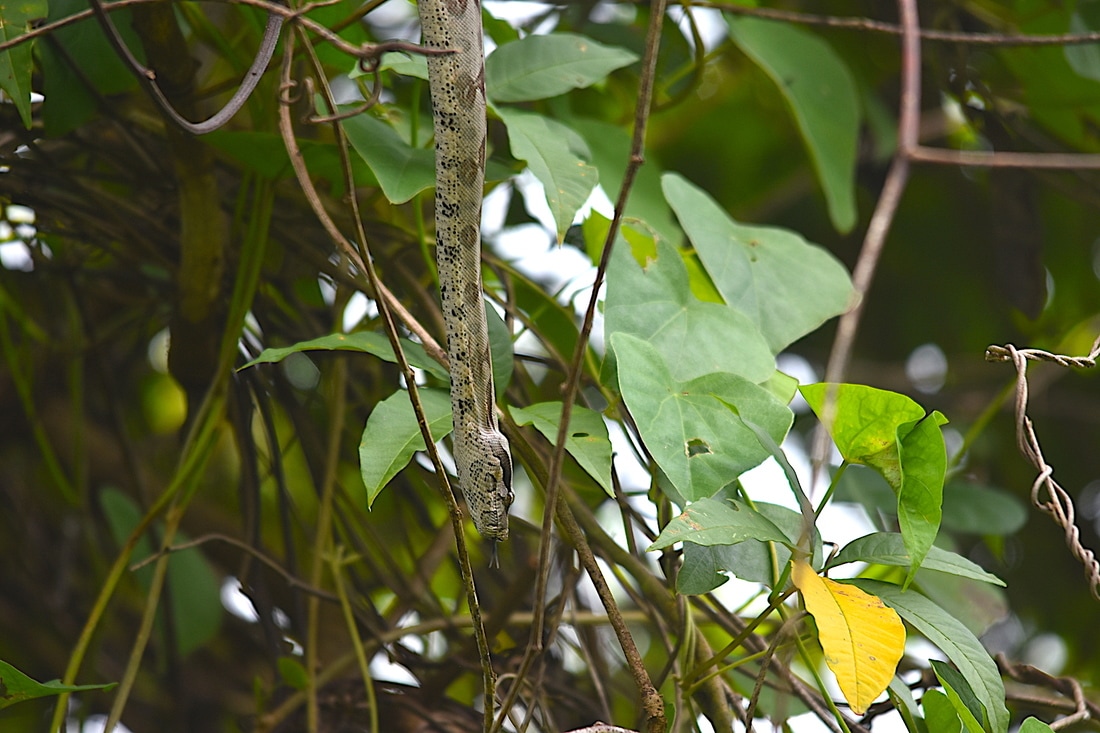
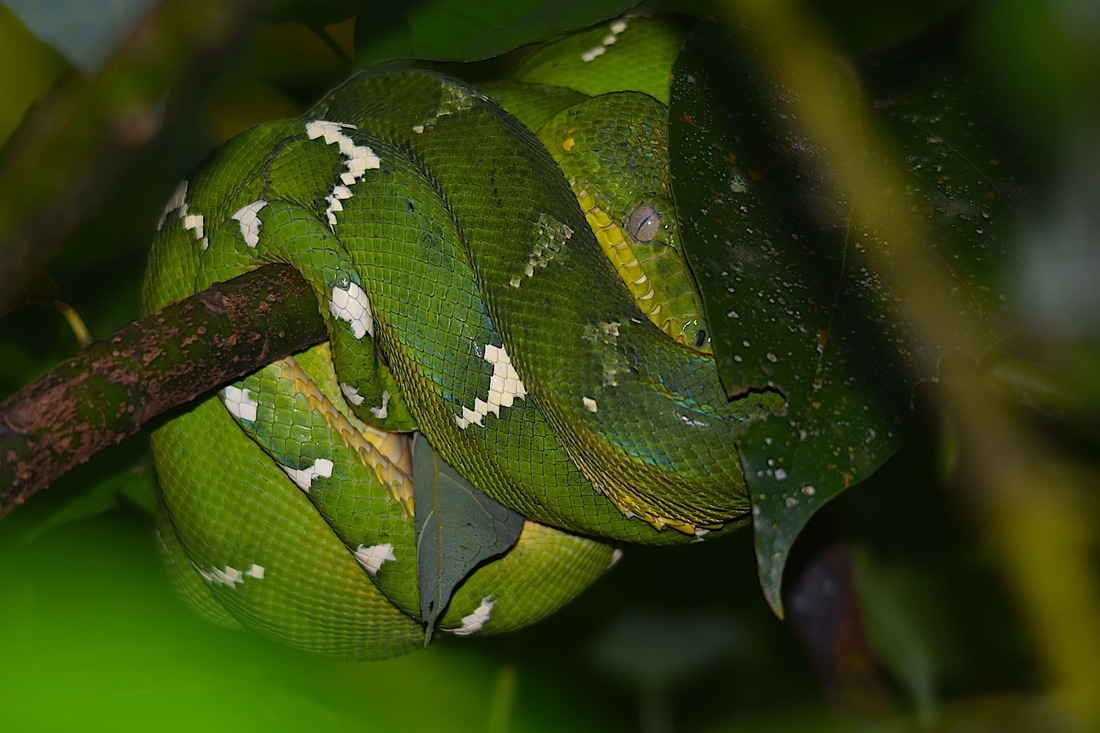
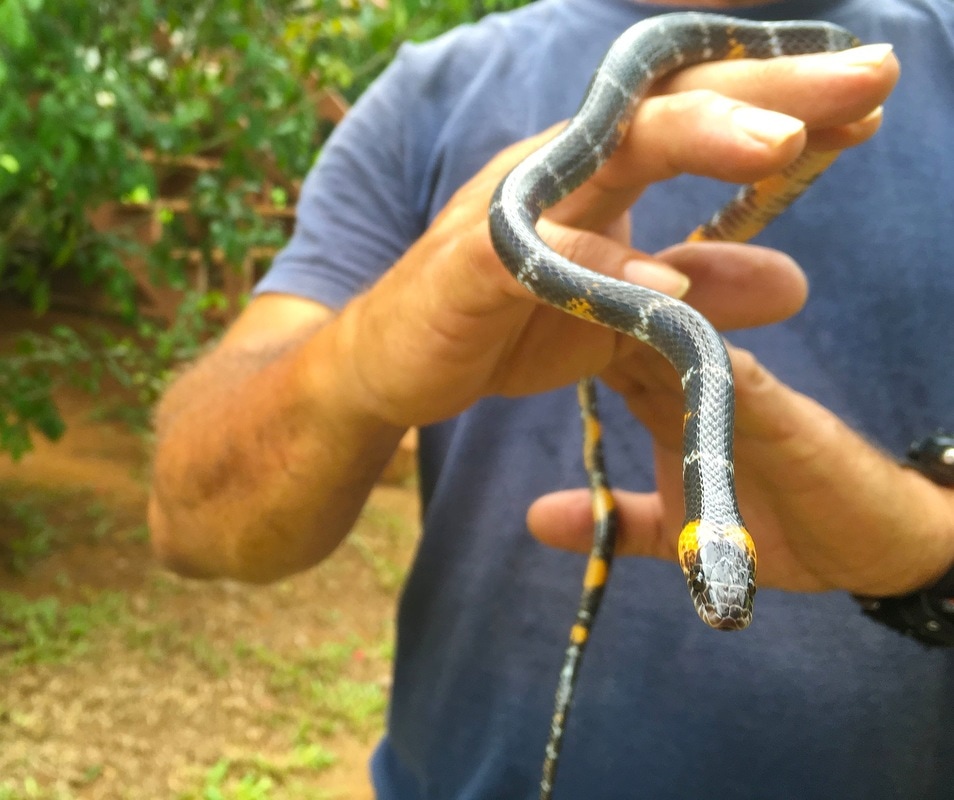
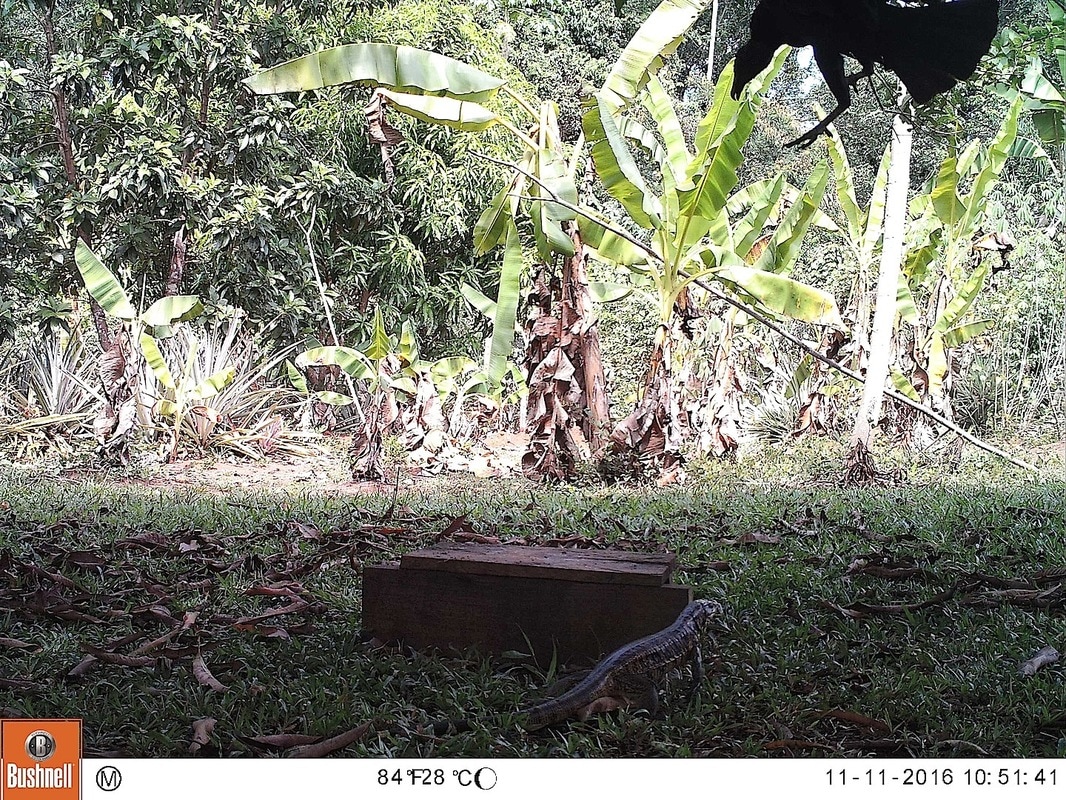
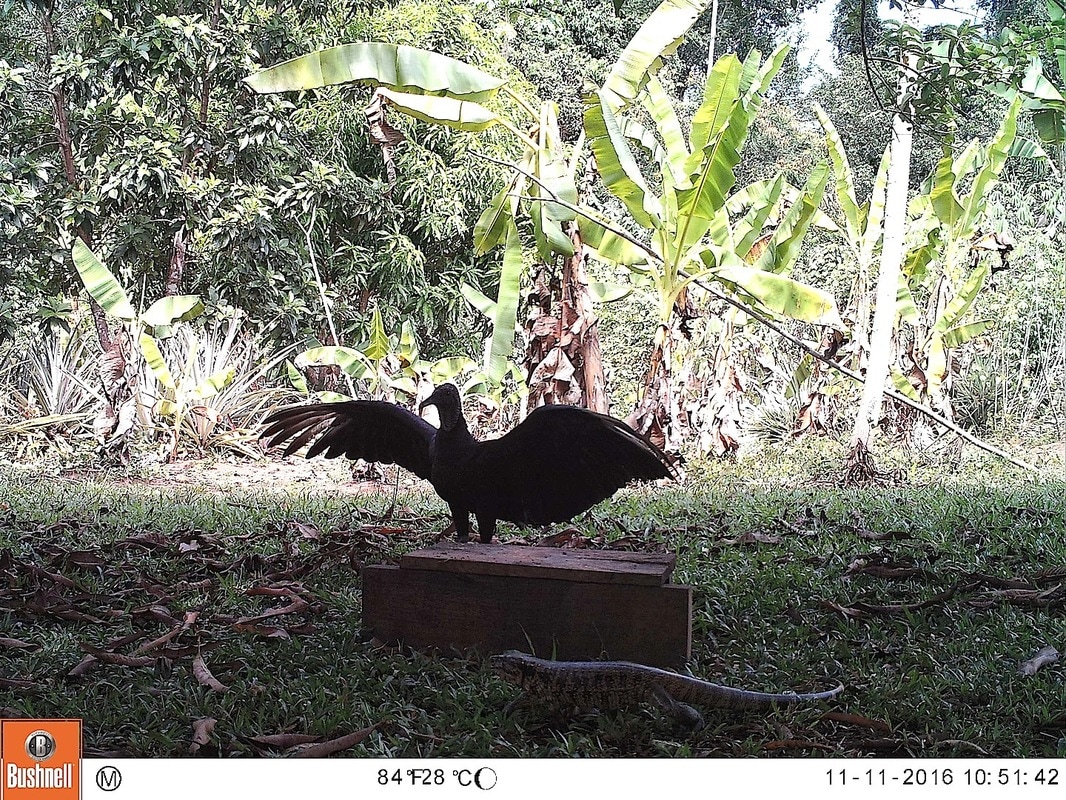
 RSS Feed
RSS Feed